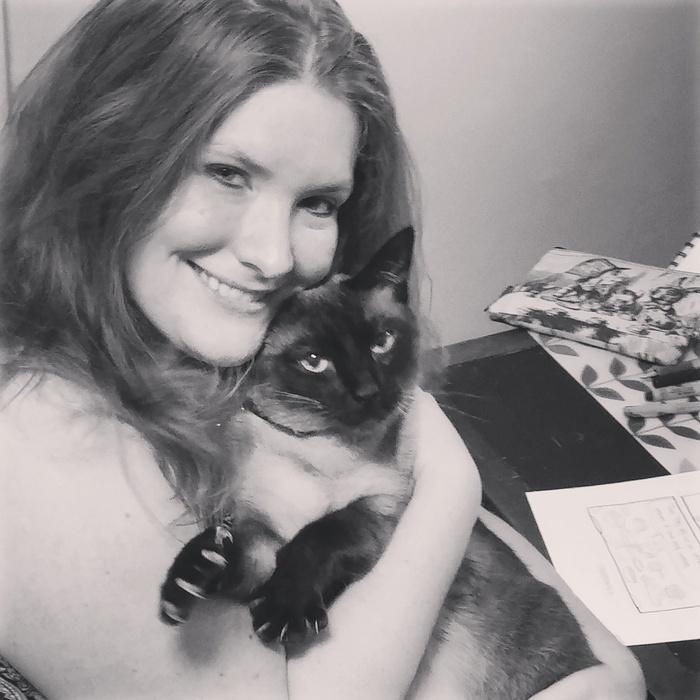After standardization within the Gannett mass media company, many female comic artists noticed their work disappearing from newspapers.
The Coloradoan released a list of comics that would be included within its newspapers, and cartoonists began to notice none of these comics were published by women, according to the Washington Post.
A Gannett representative stated that the choice to restructure its comics section was based on reader surveys, according to The Washington Post. The 34 comics still included, have credited women and diverse characters.
This change comes with print newspapers struggling in the modern era to compete against online counterparts. With the popularity of Webtoons, such as Lore Olympus with 1.4 billion views on their Webtoons page, newspaper comic strips have a hard time keeping up.
“The saddest part is I feel it wasn’t intentional,” said Georgia Dunn, creator of the comic “Breaking Cat News.” “If they were coming for us, they’d be thinking of us.”
Dunn is one of many female artists who was dropped from newspaper syndication due to Gannett’s restructuring.
As a result, Dunn lost about one-third of her income from comic creation. She is able to support herself through Patreon, a monetization platform often used by artists, and continue to create her work.
“It’s more gender bias than gender discrimination,” Dunn said.
Dunn said that gender bias has existed in comics since the beginning of newspaper comic publishing. For many years, women were not able to publish their work within newspapers. Even now in the modern day where plenty of women were able to find a place within this industry, that bias still exists, according to her. She created a comic in response to the standardization at Gannett and her feelings about women being overlooked within the comics industry.
“There are more dead men than living women in the funny pages,” the cat characters said in one of the comics.
She understood why this is the case, people tend to prefer the comics they grew up with.
The results of this standardization were determined by reader response, according to Gannett. Most of the readers of print newspaper comic strips are older men, many of whom enjoy comics like Breaking Cat News, but are skewed towards nostalgia.
“There should be a human touch at the end of this data evaluation, like someone to point out ‘hey wait a minute there’s not a single woman in this list, we should account for that,’” Dunn said.
This stifles opportunities for new and upcoming voices in comics, Dunn said. There are many unique and diverse voices out there for comics who are overlooked for the new Garfield strip.
An example of how women are overlooked in comics came through in the Reuben Awards. The Reuben awards are held by the National Cartoonists Society and are held in high regard by many cartoonists.
“It’s basically the Oscars for comics,” Dunn said.
The Daily Cartoonist covered the award ceremony, and out of the 12 categories, not a single woman received an award. Dana Simpson, the creator of “Phoebe and Her Unicorn,” was nominated for best newspaper comic strip but ultimately did not win.
Despite all of these issues Dunn is hopeful for the future, for both comic artists and newspapers.
“It’s still a very hopeful time for comics and even for newspapers,” Dunn said. “They’re on a downturn but someone will always find a way to covertly find out what’s going on, print it out and pass it around.”
For more information about Dunn, her comics can be found on her instagram @breakingcatnews.

